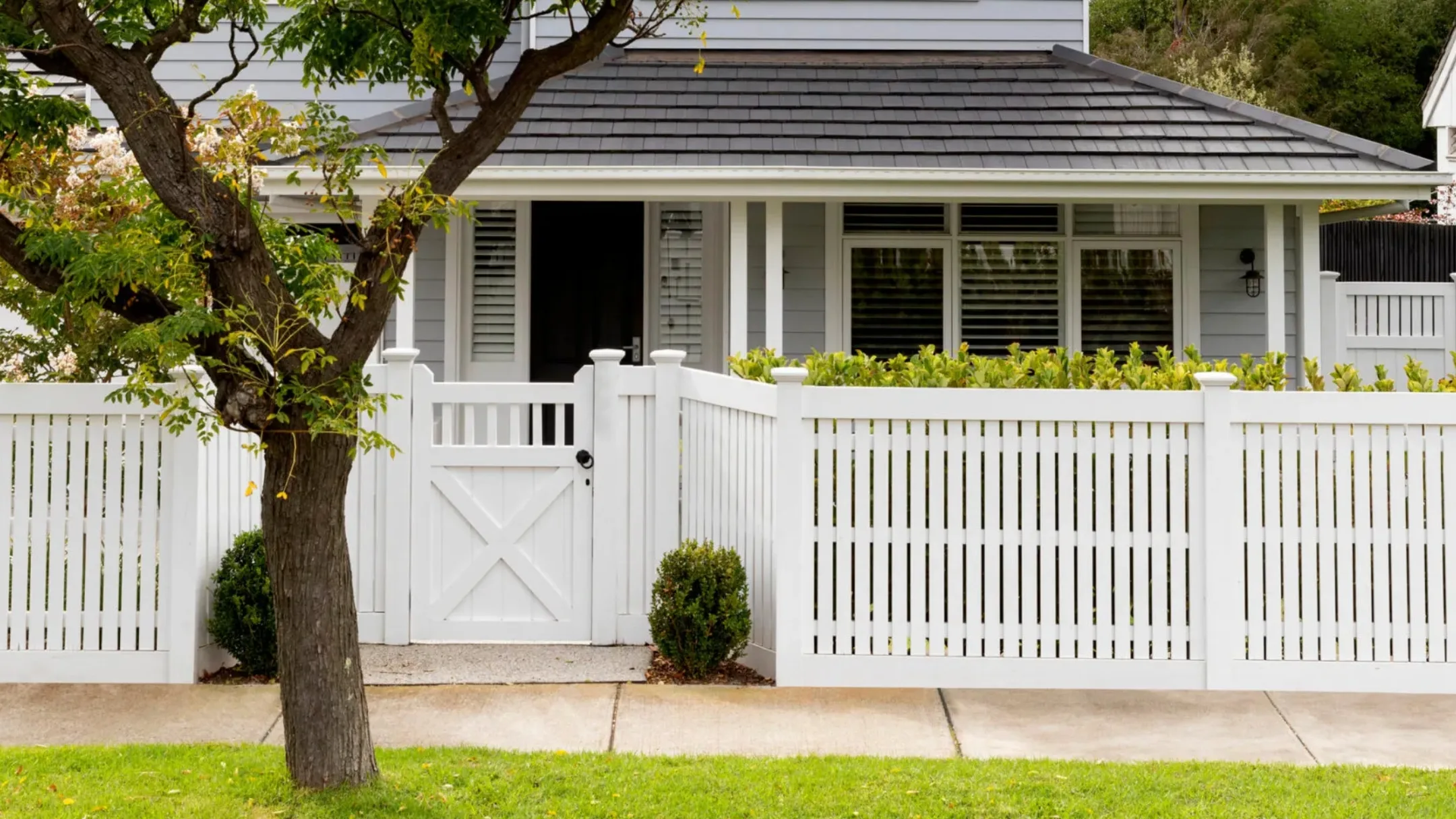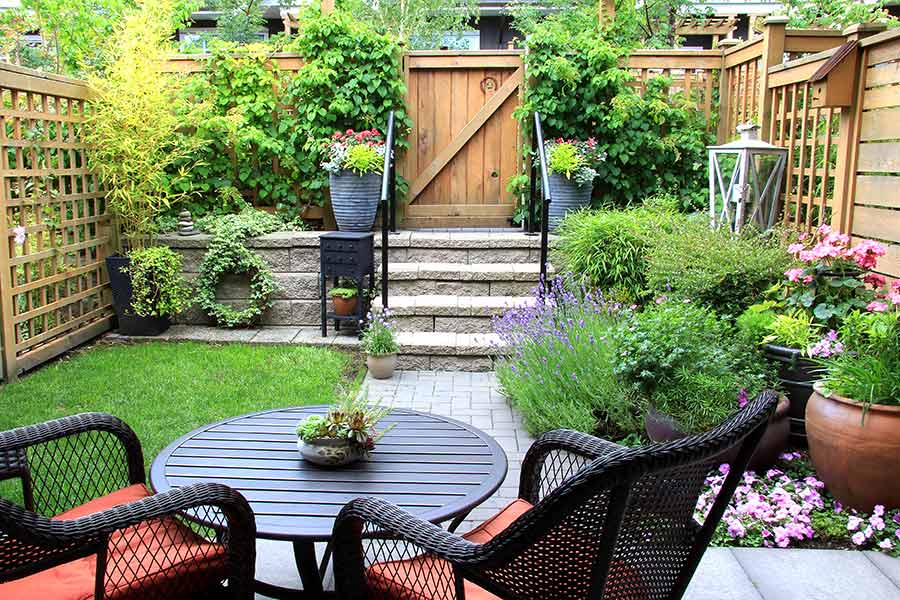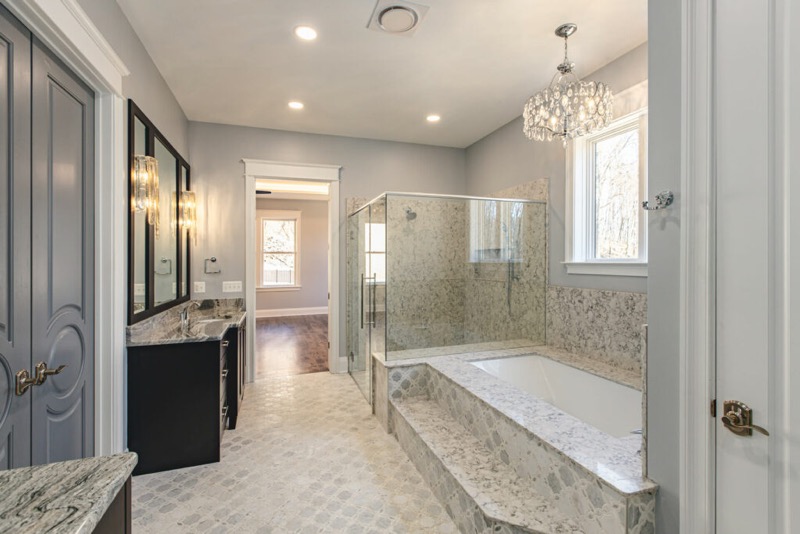Discover the Latest in Smart Lighting Technology
Discover the Latest in Smart Lighting Technology in today’s world, smart lighting technology is rapidly transforming how we experience and interact with light. Gone are the days of traditional switches and dimmers; now, lighting has become an integral part of our connected lifestyle. This innovative technology enhances our comfort, improves energy efficiency, and elevates our home’s ambiance. But, how exactly does smart lighting technology work, and what makes it so special? Let’s explore the latest advancements in this exciting field.
What Is Smart Lighting Technology?
Smart lighting technology refers to advanced lighting systems that can be controlled remotely or automated. These systems can be integrated with home automation platforms, offering users the ability to control lighting using mobile apps, voice commands, or sensors. Unlike traditional lighting, smart lighting technology allows you to adjust your home’s lighting to match your mood, schedule, or activity.
With smart lighting, you can control your lights from anywhere, creating a more convenient, customizable, and energy-efficient way of living.

The Evolution of Smart Lighting Technology
Over the last decade, smart lighting technology has evolved significantly. It all began with basic remote-controlled bulbs, but today’s systems offer much more. From voice-activated lighting to automated schedules, the advancements in smart lighting technology provide users with new possibilities to enhance their living spaces.
1. Voice-Controlled Smart Lighting
One of the most remarkable features of modern smart lighting technology is voice control. Integration with voice assistants like Amazon Alexa, Google Assistant, and Apple Siri has made controlling your lights easier than ever. Simply ask your virtual assistant to turn on, dim, or change the color of your lights, without lifting a finger.
2. Energy Efficiency
Saving energy is a major advantage of smart lighting technology. Many smart bulbs use energy-efficient LEDs, which consume significantly less power compared to traditional incandescent bulbs. Additionally, features like automated dimming and sensors help reduce unnecessary energy consumption by turning off lights when they are not needed.
3. Color Temperature and Ambiance Customization
Another key benefit of smart lighting technology is the ability to adjust color temperatures and create the perfect atmosphere for any occasion. Whether you’re hosting a party or winding down for the night, you can easily adjust the lighting to match your needs. From warm yellow tones to bright white light, smart lighting technology allows for complete control over the lighting atmosphere.
4. Automation and Scheduling
With smart lighting technology, you can automate your lights to turn on or off at specific times. For instance, you can program your outdoor lights to turn on at dusk and off at dawn. Moreover, some systems allow for gradual brightness adjustments, simulating natural sunlight to help you wake up gently.
5. Motion and Daylight Sensors
Many smart lighting technology systems now feature sensors that can detect motion or ambient light levels. Motion sensors automatically turn lights on when you enter a room and off when you leave. Daylight sensors adjust the lighting intensity based on natural light, ensuring optimal lighting conditions while saving energy.
Popular Types of Smart Lighting Solutions
There are several types of smart lighting technology that cater to different needs and preferences. Below are some of the most popular options:
1. Smart Bulbs
Smart bulbs are the easiest and most accessible form of smart lighting technology. These bulbs can replace traditional light bulbs and offer features such as color-changing capabilities, dimming, and remote control. Popular brands include Philips Hue, LIFX, and Sengled. Smart bulbs are perfect for anyone looking to upgrade their lighting setup without major renovations.
2. Smart Light Strips
For a more dynamic lighting experience, smart light strips are a great option. These flexible strips can be placed under furniture, along walls, or around TVs to create vibrant lighting effects. Like smart bulbs, light strips are fully customizable and can be controlled via apps or voice commands.
3. Smart Light Fixtures
Smart light fixtures combine smart lighting technology with existing light fixtures. These fixtures are built with integrated smart features like dimming, color adjustment, and remote control. They are ideal for homeowners who want to modernize their spaces without replacing the entire lighting system.
4. Smart Lighting Systems
For those who want a comprehensive solution, a smart lighting system might be the right choice. These systems manage all lighting within a home, typically through a hub or platform. Major smart home companies like Lutron Caseta and Crestron offer full-scale smart lighting systems that can be automated, customized, and integrated with other smart home devices.
5. Smart Outdoor Lighting
Outdoor lighting is another area where smart lighting technology is making a significant impact. From motion-activated floodlights to color-changing landscape lights, smart outdoor lighting enhances both security and ambiance. Outdoor smart lighting can be set on timers, controlled remotely, and even adjusted based on environmental factors like motion or daylight.
Benefits of Smart Lighting Technology
Integrating smart lighting technology into your home offers several advantages. Let’s explore the top benefits:
1. Convenience
One of the greatest advantages of smart lighting technology is convenience. You can control your lights remotely, whether you’re at home or away. Through apps or voice assistants, you can adjust your lights to suit your schedule and preferences, providing unmatched flexibility and ease of use.
2. Energy Savings
Smart lighting technology is energy-efficient. Most smart bulbs use LED technology, which consumes less power. Additionally, automation features like motion sensors ensure that lights are only on when needed. Over time, this can lead to substantial savings on your energy bills.
3. Enhanced Security
Smart lighting enhances the security of your home. With features like scheduling and motion sensors, you can make your home look occupied even when you’re away, deterring potential burglars. Outdoor smart lighting with motion sensors is also an excellent way to keep your yard well-lit and secure.
4. Customization
Smart lighting technology gives you the ability to create a customized lighting environment. Whether you need bright light for reading or a soft, warm glow for relaxation, smart lighting allows you to tailor the ambiance to match your mood, activity, or time of day.
5. Seamless Integration
Smart lighting technology integrates seamlessly with other smart home devices. For example, you can create a “movie night” scene that dims the lights, adjusts the thermostat, and plays music. With voice assistants like Amazon Alexa and Google Assistant, controlling multiple smart devices with a single command has never been easier.
The Future of Smart Lighting Technology
The future of smart lighting technology looks bright. As AI and machine learning technologies evolve, we can expect even smarter lighting systems that adapt to our behavior. Future systems may even predict the optimal lighting based on your daily routine, offering even more convenience and energy savings.
With sustainability being a key focus for many industries, smart lighting technology is poised to play a significant role in reducing energy consumption and promoting eco-friendly practices. As more people embrace smart home solutions, the market for smart lighting technology is set to grow, providing consumers with innovative and sustainable lighting options.
In conclusion, smart lighting technology is revolutionizing the way we interact with light. From energy savings and convenience to enhanced security and ambiance control, the benefits are clear. Whether you want to create the perfect atmosphere for a gathering, save on your energy bills, or improve your home’s security, smart lighting offers the perfect solution.
With continuous advancements and the integration of AI and machine learning, the future of smart lighting technology holds even more exciting possibilities. By embracing this technology, you can transform your living space into a more connected, convenient, and sustainable environment.


)





